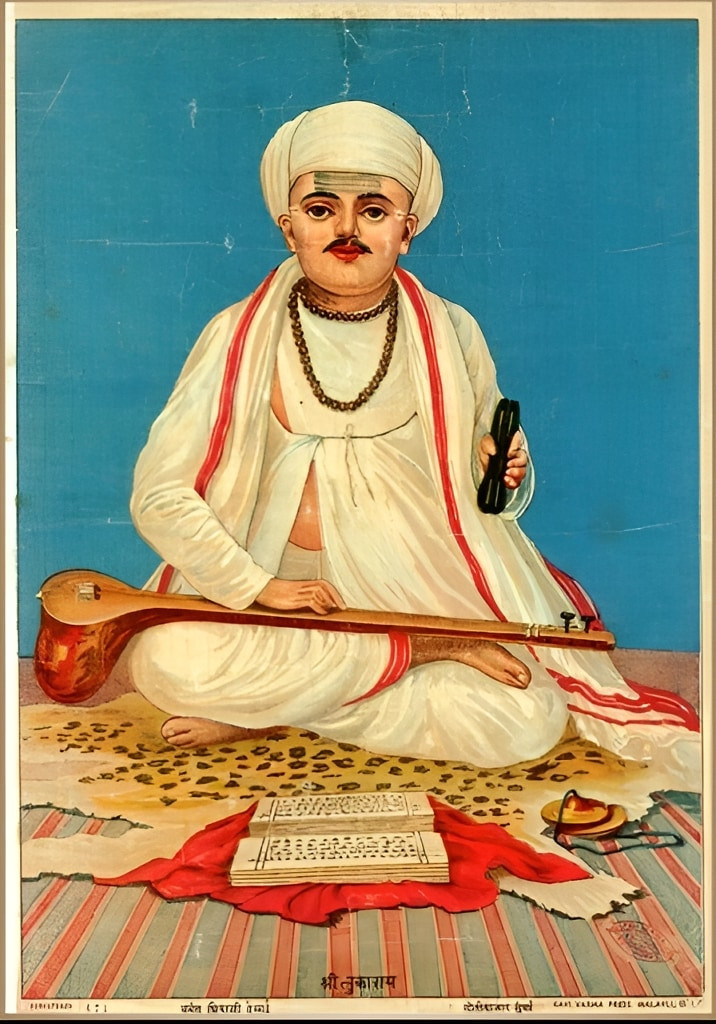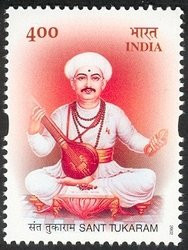Sant Tukaram Jayanti is a significant celebration that commemorates the birth anniversary of Sant Tukaram, a revered saint and poet from 17th century Maharashtra. Known for his devotional compositions, Sant Tukaram’s teachings of love, compassion, and devotion continue to inspire generations. The celebration of his Janmotsav is a joyous occasion for followers of the Varkari tradition in Maharashtra. This article delves into the history and significance of Sant Tukaram Jayanti, highlighting the celebrations and rituals associated with this auspicious event, while providing a glimpse into the cultural richness of Maharashtra.
Who was Sant Tukaram?

Sant Tukaram, a revered saint and poet, holds a significant place in the history of Maharashtra. His deep love for Lord Vitthal inspired him to compose numerous Abhangs, devotional songs in Marathi. Sant Tukaram’s teachings of love, devotion, and inner peace resonate with people across generations, making him an influential figure in the Bhakti movement.
Early Life of Sant Tukaram

Sant Tukaram was born in the 17th century in Dehu, a village near Pune in Maharashtra, India. He hailed from a family of farmers and belonged to the Kunbi caste. Tukaram’s parents, Bolhoba and Kanakai, blessed him with two brothers. Right from his early days, Tukaram displayed a deep inclination towards spirituality and devotion.
Tukaram’s formative years were characterized by his unwavering devotion to Lord Vitthal, an incarnation of Lord Krishna. He dedicated his days to toiling in the fields and immersing himself in devotional practices. Tukaram’s profound love for Lord Vitthal served as the wellspring of inspiration for his compositions of numerous Abhangs. These soulful devotional songs were penned in the Marathi language, carrying messages of love, devotion, and the pursuit of inner peace.
Life and Teachings
Sant Tukaram’s life and teachings have left an indelible impact on the spiritual and literary fabric of Maharashtra. His profound devotion, humility, and deep understanding of human nature have positioned him as a revered figure within the Bhakti movement, symbolizing spiritual enlightenment.
Sant Tukaram dedicated his life to spreading the teachings of devotion and righteousness. His compositions, known as abhangs, are considered timeless classics that inspire spiritual seekers worldwide. The saint’s profound understanding of human nature and emphasis on virtuous living continue to guide and inspire people.
Listen to an Abhanga by Sant Tukaram – Sundara Te Dhyaan (praying to Lord Sundar- Vitthal, who stands on a brick) sung by Lata Mangeshkar ji.
Attaining Maha Samadhi
The precise details surrounding Sant Tukaram’s passing are not widely documented. However, Sant Tukaram’s attained Maha-samadhi, the state of final liberation,in the early 17th century near Pune. It is said that he entered a profound state of meditation, eventually merging with the divine. Lord Vishnu’s Vehicle came to carry him Sadeha (with his body).

Celebrating Sant Tukaram Jayanti
On Sant Tukaram Jayanti, devotees come together to celebrate his life and teachings. The festivities include early morning prayers, devotional songs, rituals, and offering floral garlands. Satsangs are organized, where devotees recite and sing the saint’s abhangs with devotion. Cultural programs showcase Sant Tukaram’s teachings through skits, dances, and plays. The day concludes with a grand feast, symbolizing unity, love, and compassion.
This post was published as a part of Sages and Saints of India Series.